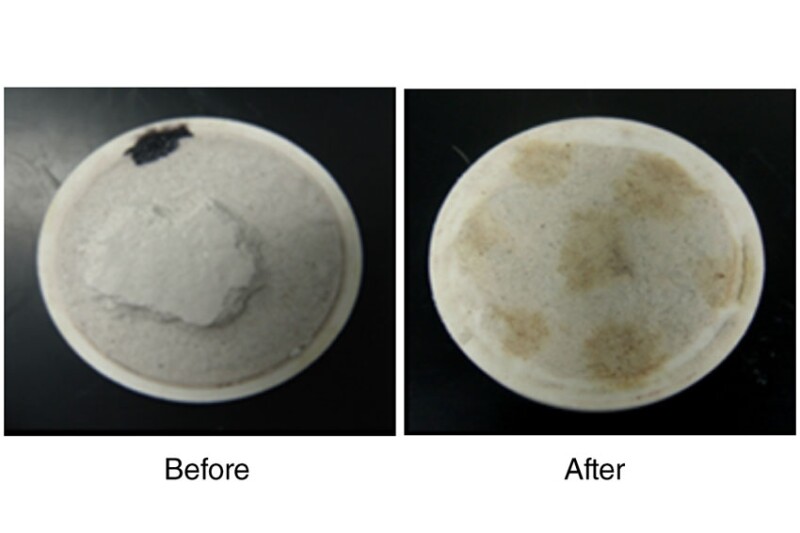Enzyme-based cleanup fluids are preferred for filter-cake-removal applications, especially in horizontal wells, because of several advantages compared with conventional cleanup fluids, including low reactivity, less corrosivity, more-positive environmental impact, and, ultimately, homogeneous filter-cake-removal coverage. Most enzyme-based cleanup fluids are limited to low temperatures. In the complete paper, the authors describe extensive laboratory work conducted to evaluate an enzyme-based/in-situ generated organic acid cleanup fluid for a water-based mud at a temperature of 250°F.
Experimental Work
Before describing their experimental methods, the authors provide a literature review in the complete paper detailing cleanup or removal of filter-cake damage, natural cleanup, acids and oxidizers, enzymes, enzyme-breaker systems, and factors influencing performance of enzyme breakers.
The drill-in fluids used to perform the high-pressure/high-temperature (HP/HT) filter press tests were laboratory and field samples. The field samples were obtained from Well A. XC-polymer, starch, and PAC-L polymers were used in the drilling-fluid formulation to control fluid loss and to increase its viscosity.


